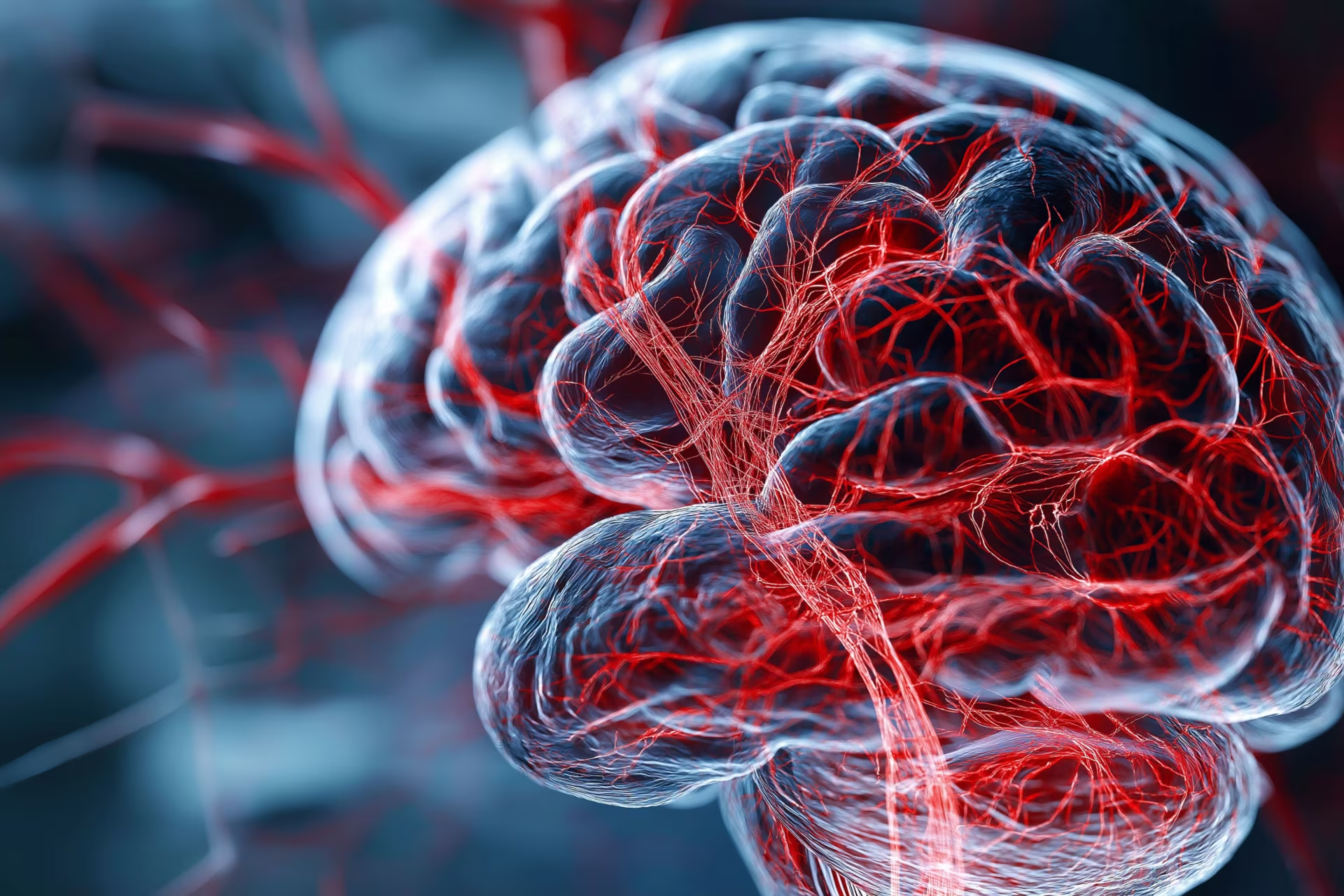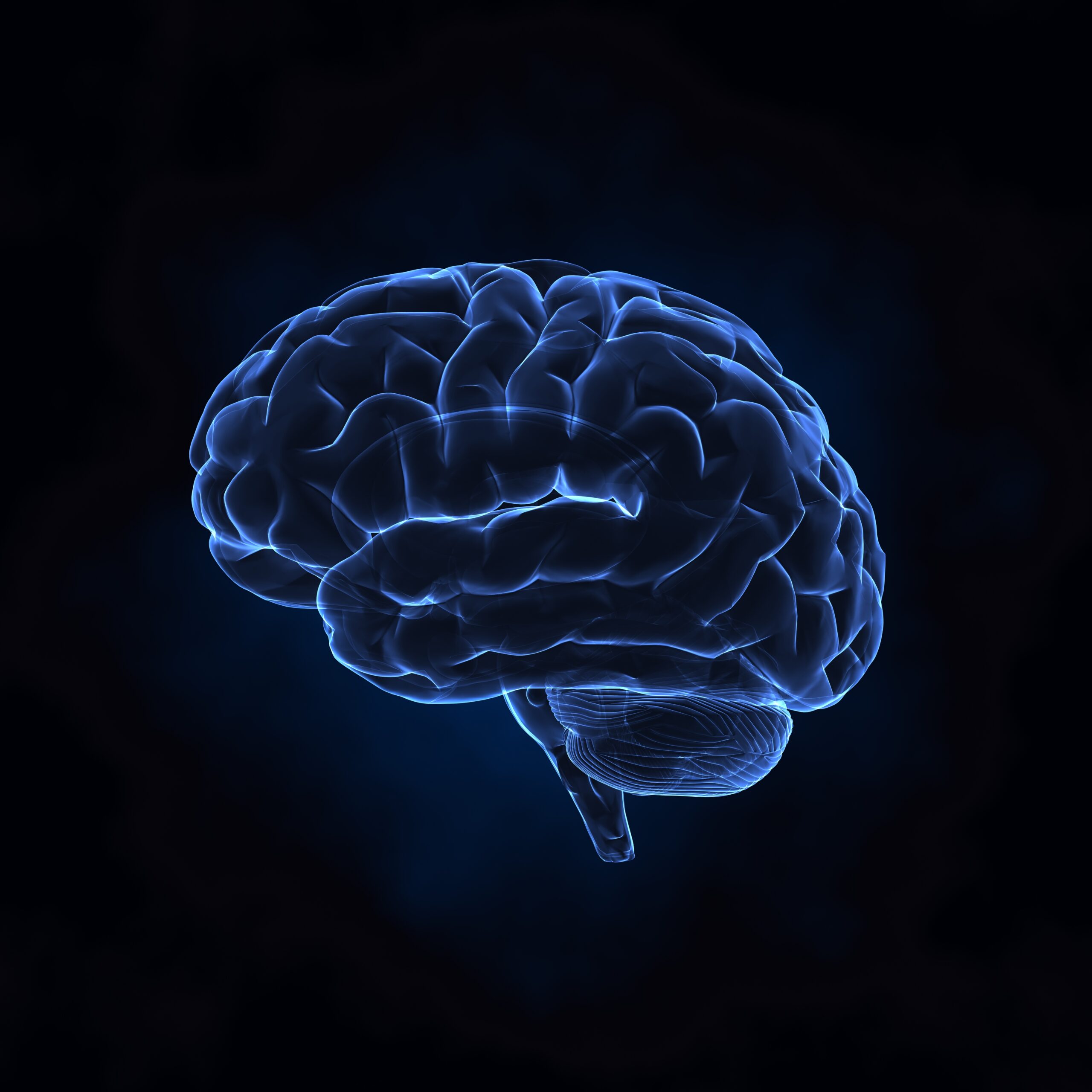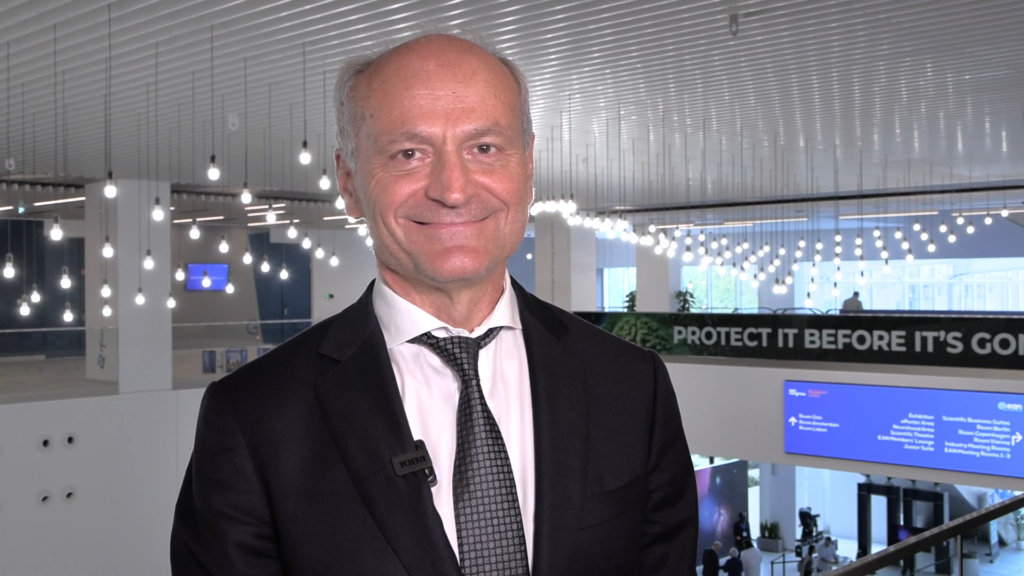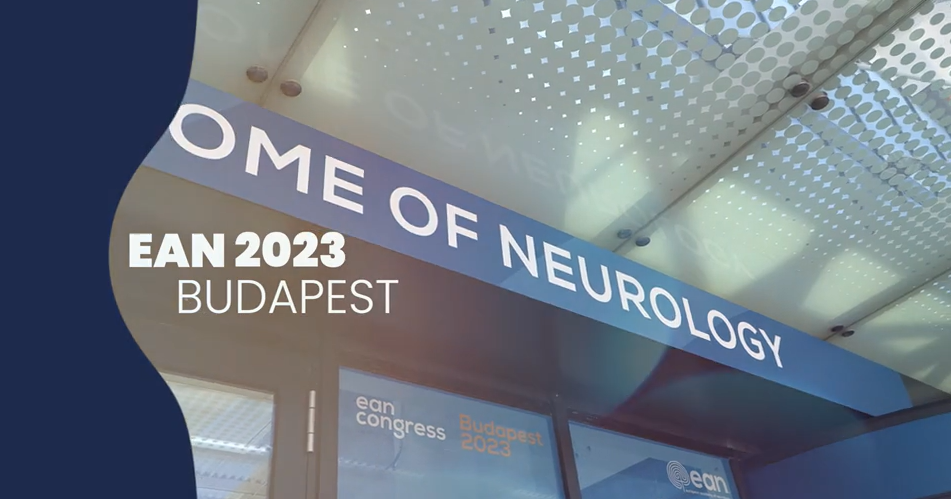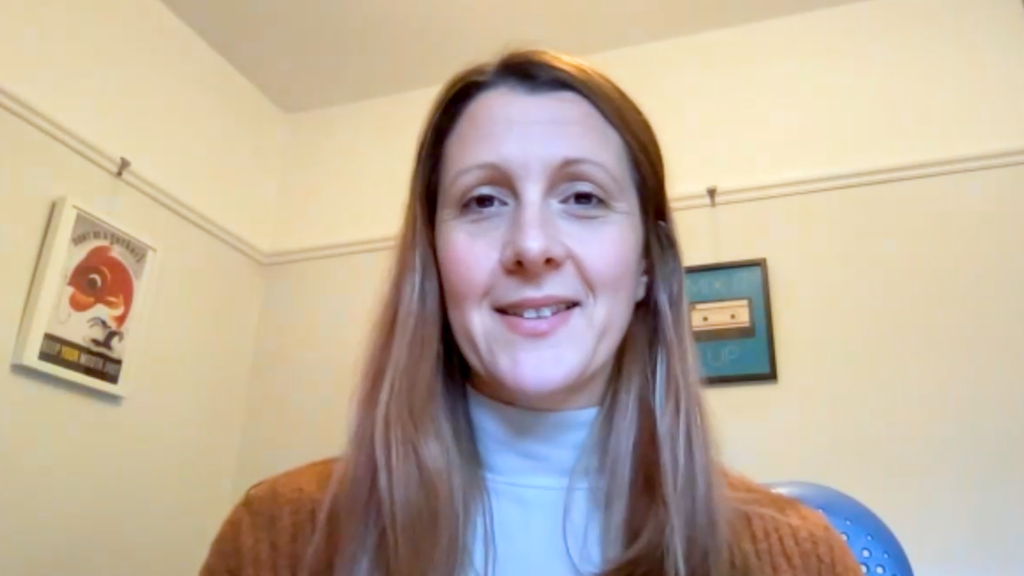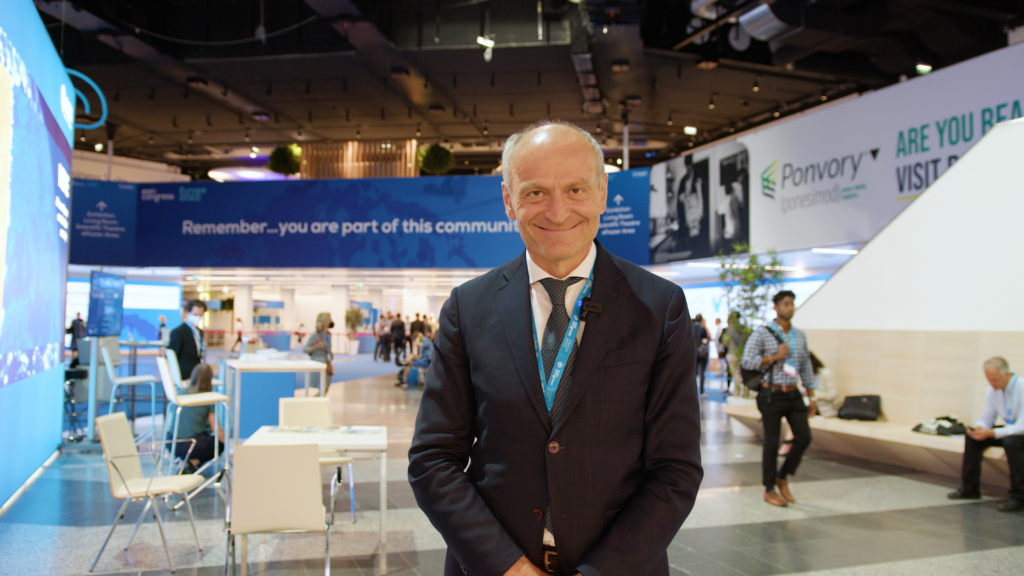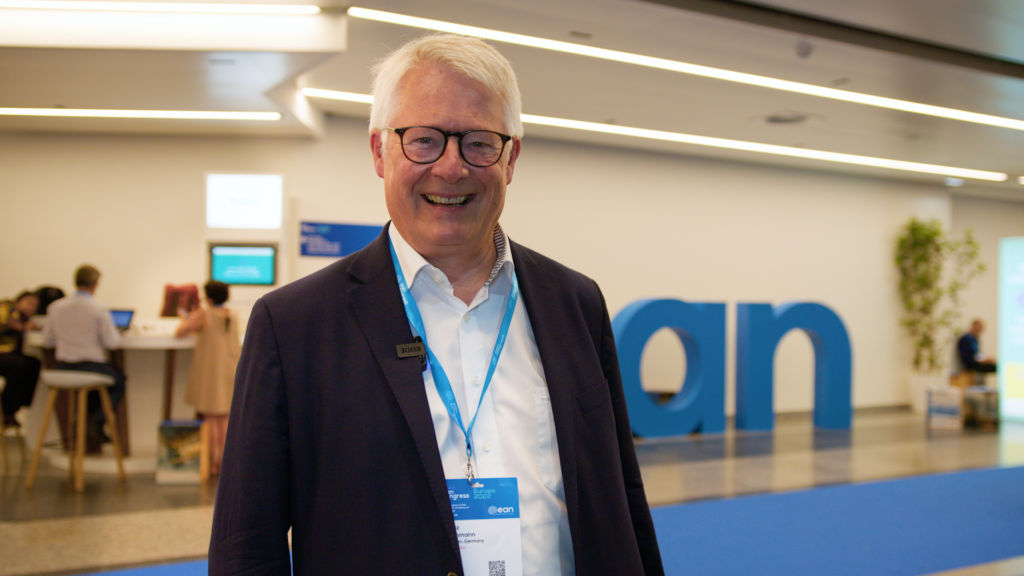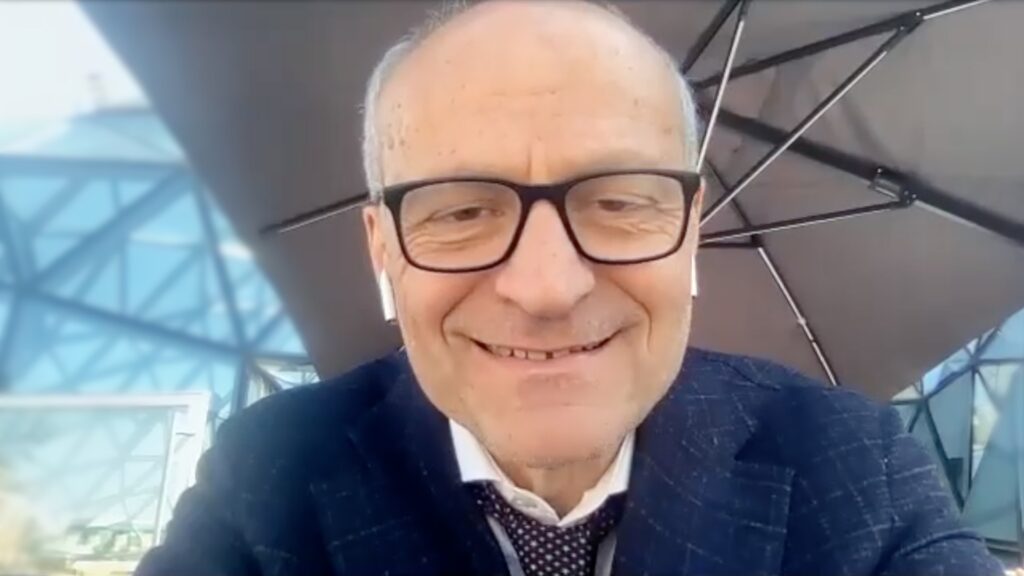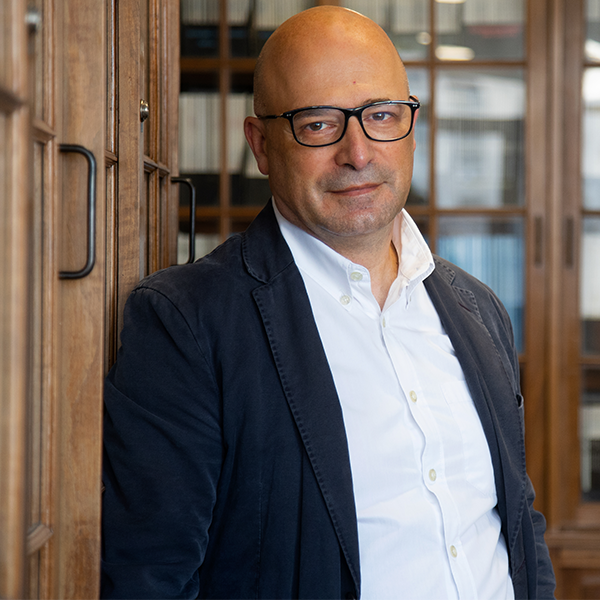 Prof. Joaquim Ferreira is a neurologist at the University of Lisbon, Portugal, and a leading expert in movement disorders, with more than 30 years’ experience in Parkinson’s disease research and care. He has been pivotal in advancing clinical research into neurodegenerative diseases and continues to drive innovative patient-centred approaches.
Prof. Joaquim Ferreira is a neurologist at the University of Lisbon, Portugal, and a leading expert in movement disorders, with more than 30 years’ experience in Parkinson’s disease research and care. He has been pivotal in advancing clinical research into neurodegenerative diseases and continues to drive innovative patient-centred approaches.
This expert interview, conducted at the 2025 European Academy of Neurology (EAN) Congress, Prof. Ferreira discusses the future of Parkinson’s disease treatment, including the realistic timelines for disease-modifying therapies (DMT), the promise and limitations of gene therapies, and the potential impact of adaptive deep brain stimulation (DBS). He also highlights strategies to address persistent challenges such as gait disturbance, dyskinesia, and cognitive decline.
1. What novel therapeutic strategies hold promise towards disease modification in Parkinson’s disease?
At EAN 2025, I was asked to deliver a lecture on future treatments for Parkinson’s disease, which meant anticipating what may realistically happen in the coming years. My main message is this: while there is a lot of exciting research underway, I am not confident that we will see a truly DMT on the market within the next five years. That being said, progress is being made. There is a new dopamine agonist coming that may offer an improved safety and tolerability profile. There is also a fixed-dose combination of a MAO-B inhibitor and a dopamine agonist that could deliver similar effects to a full-dose agonist, but with better tolerability, especially for cognitive concerns.
Additionally, there is heavy investment in therapies targeting alpha-synuclein, as well as new stem cell and gene therapies. But even the most advanced candidates remain in relatively early stages. Take prasinezumab for example, an alpha-synuclein antibody. Following two large trials, the manufacturer has committed to a phase III study. Realistically, it will be at least three years before results, and five years before this therapy could reach the market, assuming success.
In stem cell therapy, recent pilot trials show that grafted cells can survive, produce dopamine, and appear safe. This is a positive step, but scalability remains a major barrier given the complexity of cell production and delivery.
If you ask me what will change in the near term, I would say it is not about dramatic new therapies but rather optimizing how we use the treatments we already have. That means starting treatment earlier, using lower or combined doses more strategically, and focusing on symptoms that are less dopamine-responsive, symptoms often referred to as ‘non-motor’, though that distinction is increasingly blurred. It also means embracing interdisciplinary care, incorporating physiotherapy, speech therapy, nutrition and psychological support. There is solid evidence that these allied interventions improve outcomes. Technology too, will be essential, particularly for facilitating communication between healthcare professionals and enabling real-time monitoring through wearables to optimize treatments such as DBS or infusion therapies.
2. What role do gene therapies and RNA-based treatments have in Parkinson’s disease care?
It is an important, and very fashionable question. When we talk about gene therapies, it is important to be precise about what we mean.
Gene therapy as a concept has been around for decades, but results have been inconsistent. What is genuinely new is the focus on gene therapies for genetically defined subgroups of Parkinson’s disease. For example, there is a trial underway using a cisternal infusion of a viral vector gene therapy targeting GBA1 mutation carriers.
This is a significant shift in using gene therapy to treat patients with a known genetic cause of their Parkinson’s. But it is still very early data, and there are important ethical questions, especially when considering treatment for presymptomatic patients. This is an area where the science is promising but not yet mature.
3. How are adaptive, or closed-loop, DBS systems expected to change care for advanced Parkinson’s disease?
This is a very interesting field where technology and treatment intersect. Closed-loop, or adaptive DBS adjusts stimulation in real time based on brain activity or external data. The idea is to capture relevant signals, whether from the brain or motor performance and then dynamically adjust the stimulation to optimize therapy. People working in DBS are enthusiastic about this, but we still need evidence to understand the real impact on efficacy, safety and quality of life. Nevertheless, this approach demonstrates that integrating brain data and wearable technology into treatment is not only possible, but likely to become standard.
A similar concept may apply to infusion therapies, such as levodopa infusions, where real-time motor performance data could guide dose adjustments without the need for brain signal capture. This is an exciting frontier, but one that still requires further validation.
4. What therapies show promise for managing gait disturbances, dyskinesia or cognitive decline?
These are three of the most challenging symptoms in Parkinson’s disease.
- Gait disturbance and freezing: Unfortunately, pharmacological options remain limited. Some evidence suggests that drugs like rivastigmine or amantadine may offer slight improvements, but the effects are modest. Physiotherapy, particularly gait-focused training, is currently the most effective strategy.
- Cognitive decline: This is one of the most impactful and difficult aspects of Parkinson’s care. Current medications offer limited benefit, and they do not slow progression. This remains a major unmet need.
- Dyskinesia: Here, we have made more progress. DBS and infusion therapies offer meaningful improvement, and better medication management has also reduced the incidence of dyskinesia. The progress has not come from new drugs, but from using the therapies we already have more effectively.
Presented at EAN:
Interviewer: Caroline Markham, Head of Partnerships.
Editor: Katey Gabrysch, Editorial Director.
Disclosures: Joaquim Ferreira is a consultant for BIAL, Biogen, AbbVie, Sunovion Pharmaceuticals, Roche, Stada, Neuroderm, Lundbeck, Affiris and Organon; has received grant/research support from AbbVie, BIAL, Novartis, GlaxoSmithKline, Medtronic and Angelini; is on the Advisory Board for BIAL, and Neuroderm; has received honoraria/honorarium from Lisbon School of Medicine, ULS Santa Maria, CNS Campus Neurologico; is a speaker’s bureau participant for BIAL, Biogen, AbbVie, Sunovion Pharmaceuticals, Infucure, Zambon, Roche, Stada, ONO Pharma, Britannia, SK Chemicals, and Major Pharma.
No funding was received in the publication of this article. This content has been developed independently by Touch Medical Media for touchNEUROLOGY. Views expressed are the speaker’s own and do not necessarily reflect the views of Touch Medical Media.
Cite: Future of Parkinson’s treatment: Gene therapy, DBS and symptom management. touchNEUROLOGY. 23 June 2025.
Register now to receive the touchNEUROLOGY newsletter!
Don’t miss out on hearing about our latest peer reviewed articles, expert opinions, conference news, podcasts and more.


